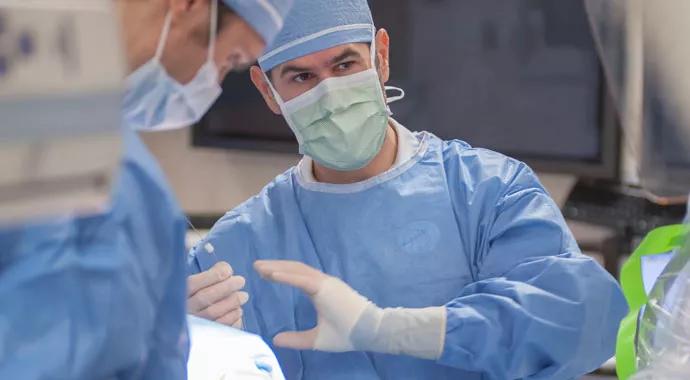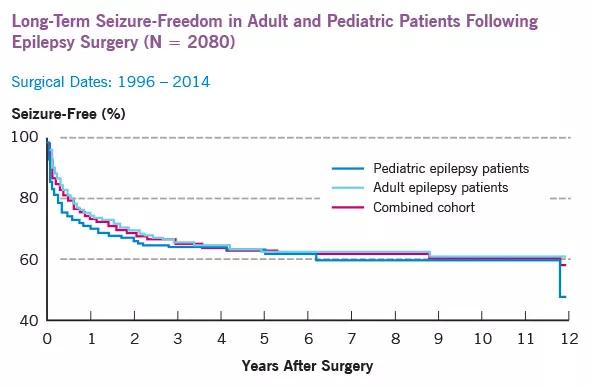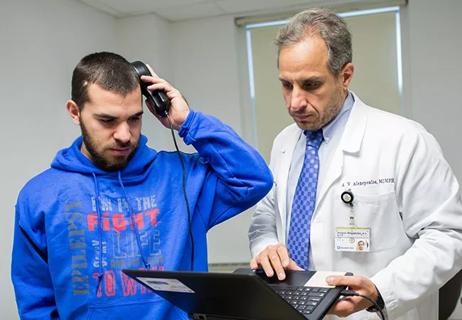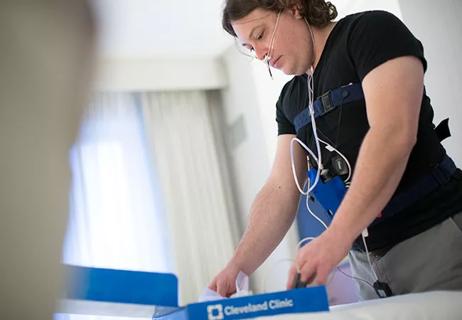Examining 18 years of surgical outcomes

Cleveland Clinic Epilepsy Center staff recently examined 18 years of epilepsy surgery outcomes data from more than 2,000 patients to evaluate patients’ long-term chances of achieving and maintaining seizure freedom. Seizure outcomes were classified using the widely accepted Engel classification1 of seizure freedom (seizure-free = Engel class 1).
Cleveland Clinic is a non-profit academic medical center. Advertising on our site helps support our mission. We do not endorse non-Cleveland Clinic products or services. Policy
As detailed in the graph and table below, approximately 60 percent of patients with previously medically intractable epilepsy remained seizure-free 10 years after surgical treatment at Cleveland Clinic’s Epilepsy Center. Individual curves for adult patients and pediatric patients who underwent epilepsy surgery at the center from 1996 to 2014 show similar long-term chances of seizure freedom between these two populations.


These data are a sampling of what’s included in the newly released 2014 Outcomes book from Cleveland Clinic’s Neurological Institute. The book is one in a series of Outcomes books issued each year by more than a dozen of Cleveland Clinic’s institutes for the purpose of enabling evaluation of care delivery in common areas of medical and surgical treatment. The books, which are intended for a physician audience, benefit outside clinicians by helping inform potential referral or consultation decisions. The process of outcomes collection and analysis behind the books benefits Cleveland Clinic by guiding continuous improvement efforts and yielding data to generate research questions.
For free access to the online version of the 2014 Neurological Institute Outcomes book, which also includes profiles of new technologies and innovations from the Neurological Institute, click here.

Favorable rates may stem from focus on outcomes monitoring

Nearly two-thirds of patients see clinically meaningful gains in large series

Treatment outcomes validate clinic's group-therapy approach

Insights from the first studies of HCAHPS data in this setting

Collaboration, institutionalizing best practices are central

Outcomes outtakes ranging from home sleep testing to QoL effects

Diversifying the mix with intensive outpatient care, shared appointments

Most patients report relief from intractable spasms